A few years ago, I was helping our daughter with some research about the location of the Telefunken wireless station. This site played a key role in the US entry into WWI when it relayed Berlin’s attack orders to the German submarine fleet in the Atlantic to sink the Lusitania. Two years later, in 1917, the station transmitted the Zimmerman Telegram.
As we were browsing the archives, I fell upon an article from 1908 about a tragic death in a nearby town. The story revolved around James Nelson, a 24 year old Sag Harbor resident and his young bride, one Florence Howard. At the time of Nelson’s passing, the two were only married for about 10 months.
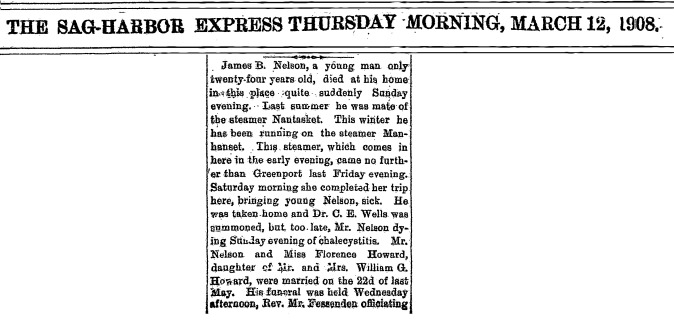
Image 1: The 1908 announcement of the untimely passing of James B. Nelson of Sag Harbor
As we continued to review the articles, I stumbled upon another announcement, this time regarding the untimely passing of William Holtz, another young man. Oddly, his wife was identified as Florence V. Nelson also the daughter of William G Howard from Sag Harbor. This union too was short lived. William Holtz died less than 4 months after the wedding.
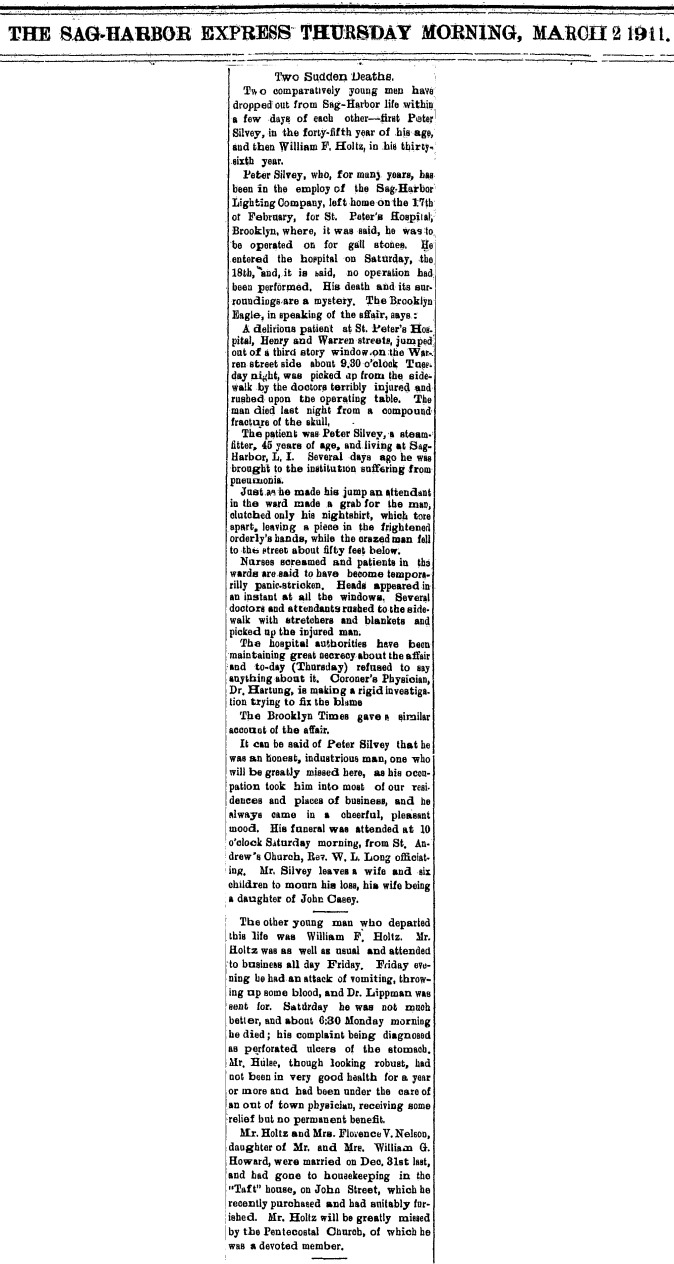
Image 2: The 1911 announcement of the untimely passing of William F. Holtz of Sag Harbor
I remember thinking, what are the odds? Two Florence Vs from Sag Harbor, both burying two young husbands within the span of three years, with each marriage lasting less than 12 months and the cause of death in both cases having something to do with abdominal ailments?
The stories weren’t relevant to the project, so I just archived them. Recently however, I was doing some digital house cleaning and I found the old articles. I re-read them and got the idea, why not use technology to get some insight?
Traditionally, crime research is time consuming and tedious as it requires collecting, creating and reviewing forensic reports, intel sources, and witnesses which can be difficult if not impossible to locate a century later. In a criminal investigation, the first 48 hours can be crucial in solving a case. This is because the witnesses and evidence are fresh and the conditions are favorable to the detectives. Based on these factors, looking at a 110 year old potential crime without any physical evidence seemed like a losing proposition. However, despite these challenges, there could still be a way to shed some light on this story. Using AI based image analytics, linkage analysis, Big Data analytics and OSINT gathering techniques, could help tease out information from the sparse sources and help answer at least a few questions.
The Search Strategy
Due to the scarce and obscure nature of the information I was looking for (all main actors and witness are long dead), my primary search focus was on period newspapers and census data. The approach was to:
- Download all regional newspaper archives
- Perform an AI based image enhancement and OCR on all of the pages
- Perform face enrolment and face recognition and other types of image object classifications (like houses, cars, jewelry, etc.)
- Run complex data and image queries to scrape names, events, addresses, aliases and related images
- Create a timeline of people, places, and events
After the textual and visual information was harvested, I then constructed a dossier for each actor, their social and professional network, their theater of operations, and timeline of events. The final step was to look for anomalies such as inconsistent names and dates.
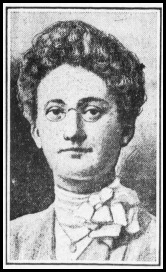


Image 3: Sample of scraped facial images used in building the individual dossiers


Image 4: Sample of face reconstruction used in POI searches
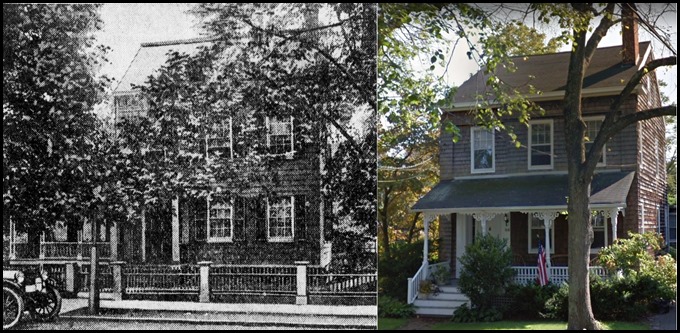
Image 5: Sample geospatial data used to establish linkages and conduct real-estate searches
The Plot
William Garrett Howard was a local photographer in Sag Harbor, Long Island, NY. By 1915, he had lived there for 34 years. He was described as having a “powerful physique” and was well known and active in the community. Howard lived with his daughter Florence Nelson, and was sometimes visited by his wife, Anna, who for some unknown reason had left the village and moved to Bridgeport Connecticut. In addition to this day job, William was a volunteer with the local fire department, sometimes acting as the treasurer and chief. He was known as a skirt-chaser and somewhat of a dandy. He also apparently had sticky fingers. At least on once occasion, he ‘borrowed’ $247 from the funds of the Sag Harbor Fire Department in order to pay his personal debts.
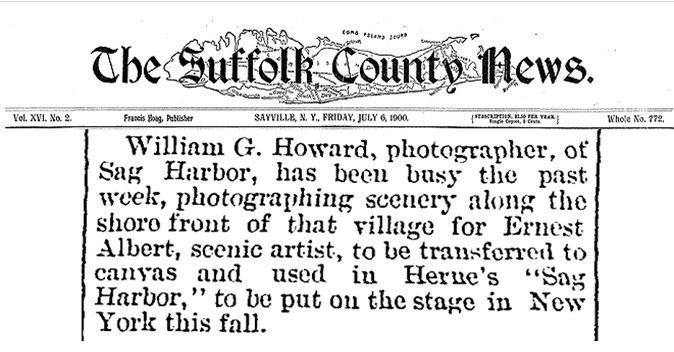
Image 6: 1900, William Howard, Sag Harbor photographer
In 1904, William’s daughter, Florence Howard (20), was to be married to one Henry Bescher, however, shortly after placing the marriage announcement in the local newspaper, her father halted the union.

Image 7: 1904, Marriage announcement was a practical joke
The notice retraction claims that the marriage announcement was a practical joke by some unknown people.
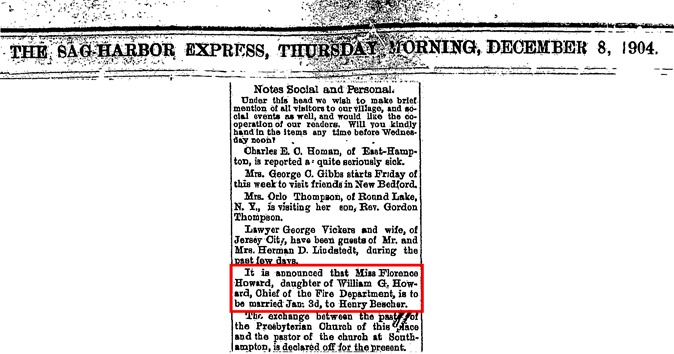
Image 8: 1904, marriage notice for Florence Howard and Henry Beshcher
Four years later, Florence married James B. Nelson.
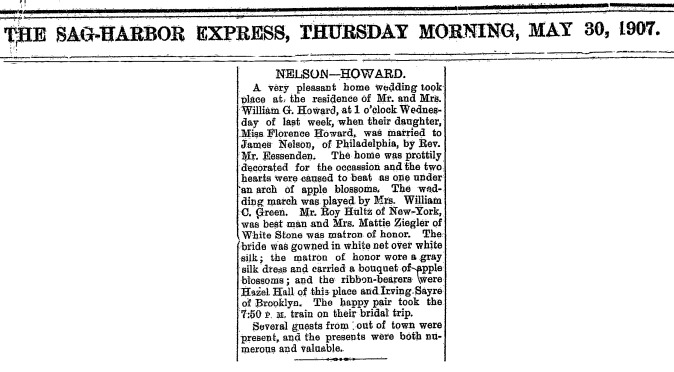
Image 9: 1907 Florence Howard marries James Nelson


Image 10: 1908, James Nelson served as a mate on the steamers Nantasket and Manhasset
Nelson was described as a large man with an athletic build who worked as a mate on two steamer boats. In 1908, about seven months after their marriage, Nelson was stricken with severe stomach pains that became progressively worse and eventually caused his death.
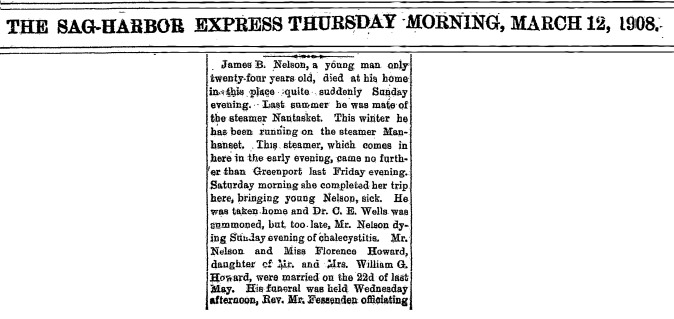
Image 11: 1908, James Nelson, Florence’s first husband death announcement
Three years later, in 1911, Florence married her second husband William P. Holtz (36). This was Mr. Holtz’s second marriage (the first was to one Flossie Roberts). Holtz was described as a “strong built rugged man” who worked in the local watchcase factory and subsequently bought a carting business. Fifty eight days after their wedding, Mr. Holtz died. He too inexplicably started experiencing violent stomach pains before passing away.

Image 12: The Fahys watchcase factory, William Holtz’s place of employment
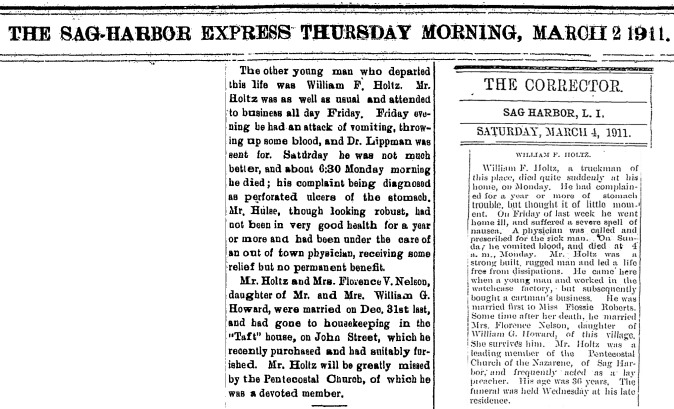
Image 13: 1911 Death announcement of William Holtz, Florence’s second husband
After the death of her second husband, Florence moved back in with her father. She was described as a “tall woman of erect carriage” and “robust.” She had grown up in Sag Harbor, attended local schools, participated in the local theater, received decent grades, was active in church, and had several close female friends in the village. However, a few people referred to her as a “man-hater.”
Shorty after returning to her father’s home, she linked-up with one Isabelle Quackenbush. Isabelle was also a native resident of Sag Harbor and a widow. According to the newspaper, Quackenbush spent most of her time in the Howard home with Florence and the two became inseparable. At the time, Florence was working as an agent selling tea and coffee and supplemented her income by doing laundry for neighbors and friends.
In April of 1915, William Howard (Florence’s father), suddenly developed violent stomach cramps and his condition deteriorated quickly. He was taken to Southampton Hospital for treatment. During his stay there, his attending physicians received an anonymous warning letter. The letter was written in pencil and the script was described as being written by a “feminine hand.” It was composed by an educated person, sent from out of state (likely as a anonymizing precaution), and only signed with the initial “M.”
Part of the letter stated:
“I had information yesterday that compelled me to write you. If you want to cure him or save him a slow death, then you better have him taken away from home immediately. If necessary show him this. Do anything to save his life. This is no idle gossip or talk. That is all I can say.”
The doctor forwarded the letter to the Suffolk County District Attorney, Ralph C. Greene, who sprung into undercover action. Apparently, Greene also had been warned of the situation in the Howard household by other sources: Howard’s own brother Theodore (The Greenport chief of police) and father and Ms. Nelson’s grandfather, Garrett Howard Sr. of Greenport. Howard Sr. insisted that should his son William die, an autopsy be preformed under the suspicion of murder.
While in the hospital, William Howard was getting well. His stomach pains went away and thankfully, he recovered rapidly. He was then sent home with a recommendation to retain a private nurse that would care for him. Green, the district attorney, used this opportunity to hire a Brooklyn nurse to masquerade as “Miss Mattie Clark” unbeknownst to any of the family members. She was placed in the home of William Howard to watch over him and conduct surveillance for any suspicious activity.
It didn’t take long. As soon as Mr. Howard returned home, his stomach troubles mysteriously returned his face turned green and he died shortly thereafter. District Attorney Greene refused to reveal what his agent, Miss Clark, had reported to him. The newspapers stated that the death of Mr. Howard was being investigated as a potential poisoning.
The press made some references an empty box of “Rough on Rats”, a popular late 19th century rat poison which was found in the house. The product was composed of arsenic and was a a favorite of the suicide and murder crowds. Despite the hype, Green’s investigation failed to yield any charges. The DA couldn’t find any financial motives for murder. Howard wasn’t a wealthy man nor did he have a significant life insurance policy. Florence didn’t benefit financially from his death, nor from the death of either of her two husbands so foul play was ruled out.
The media reported that there was possibly an alternate motive in the report that Miss Clark might have submitted to Greene however that apparently wasn’t enough for a criminal case. At the autopsy, the medical examiner failed to find arsenic in Mr. Howard’s stomach. He also tested for 26 other poisons but all tests came back negative.
According to the newspapers, Florence Nelson left Sag Harbor after the investigation ended and moved to Bridgeport to live with her mother Anna. That should have been the end of the story, but NO! This is where the plot thickens.
In 1920, five years after the death of her father, Florence started calling herself Florence “Holtz” instead of “Nelson” and was now living in Brooklyn with none other than Isabella Quackenbush and her two teenage sons. In the 1920 census, their relationship was described as “partners”.
The 1930 census report shows the two women still living together, however in the 10 years that had passed, the two were now described as sisters and Isabella Quackenbush had a new last name—Nischwihup. Conspicuously absent from the listing was Mr. Nischwihup. Mrs. Nischwihup (actually Isabella Quackenbush) was listed as “widowed”.
By 1939, Florence separated from Nischwihup/Quackenbush and was spending the summers in Three Mile Harbor with one Helen S. McAvoy (her niece). In 1945, she retired from her sales position with the Brooklyn Union Gas Company and permanently retired to the island. She died in 1949.
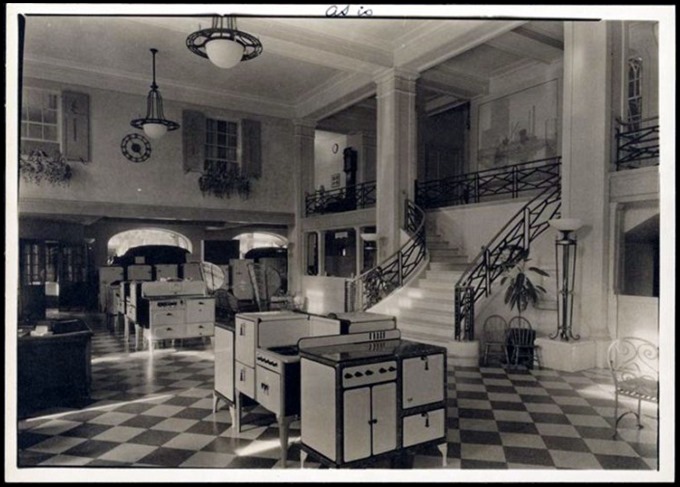
Image 15: Florence’s place of employment for 25 years: the showroom of the Brooklyn Union Gas Company
So, did Ms. Nelson get away with multiple murders? Were Florence and Isabella romantically involved and a duo of femme fatales? Both Florence and Isabella had engaged in various evasive maneuvers such as changing their ages and names. They also outright lied about the nature of their relationship as being “sisters” (It’s a federal crime to provide false information on the census).
Scanning for unusual marriage patterns in this time period and area, the analytics were able to flag several anomalies. One example was of a women who was married for 12 years to a man who after his sudden death (another possible poisoning) turned out to be a women.

Image 16: 1903, A “Widow” of a woman weds again
Florence’s and Isabelle’s evasiveness could be explained as an attempt to avoid the stigma that came out of DA Greene’s investigation, or a possible lesbian relationship, but it could also indicate a more nefarious reason. It’s hard to tell with certainty if these deaths were intentional or accidental without an exhumation and extensive toxicology tests (or some future chemical remote sensing capability), until that happens, this mystery will remain unsolved.
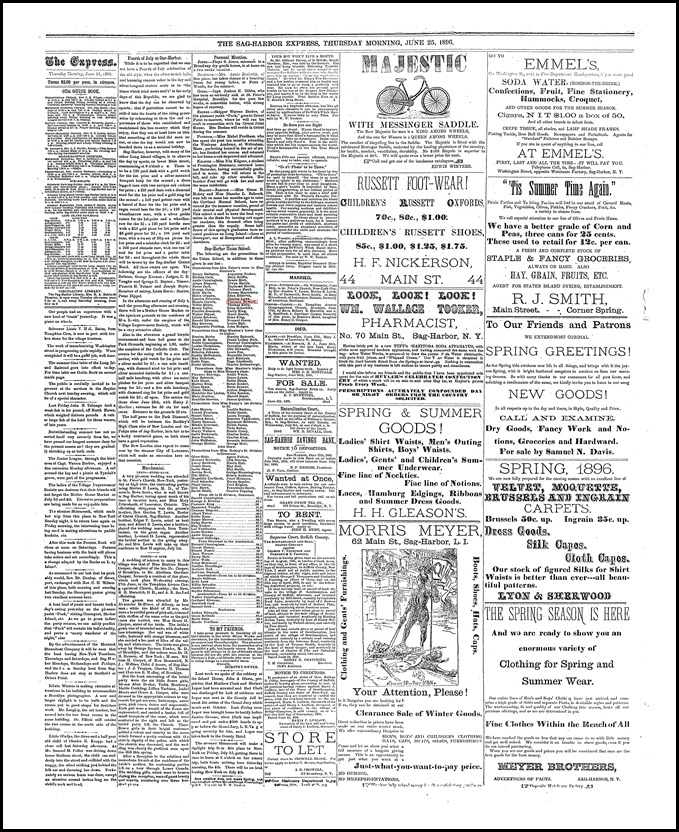
Image 17: 1896, Florence Howard’s school graduation notice
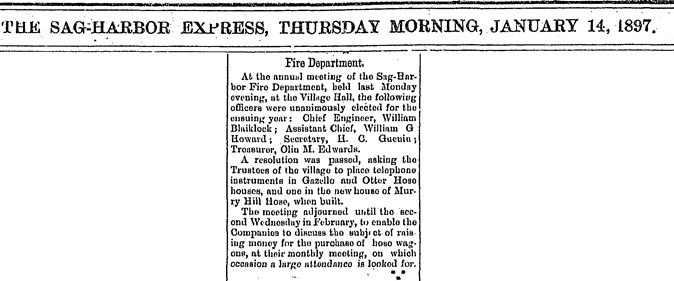
Image 18: 1897 William Howard Sag Harbor fire department business notice

Image 19: 1897 William Howard Sag Harbor fire department officer selection notice

Image 20: 1898, Isabella and William H Quackenbush marriage notice

Image 21: 1903, William Howard appointed treasurer of Phoenix Hook and Ladder company Sag Harbor
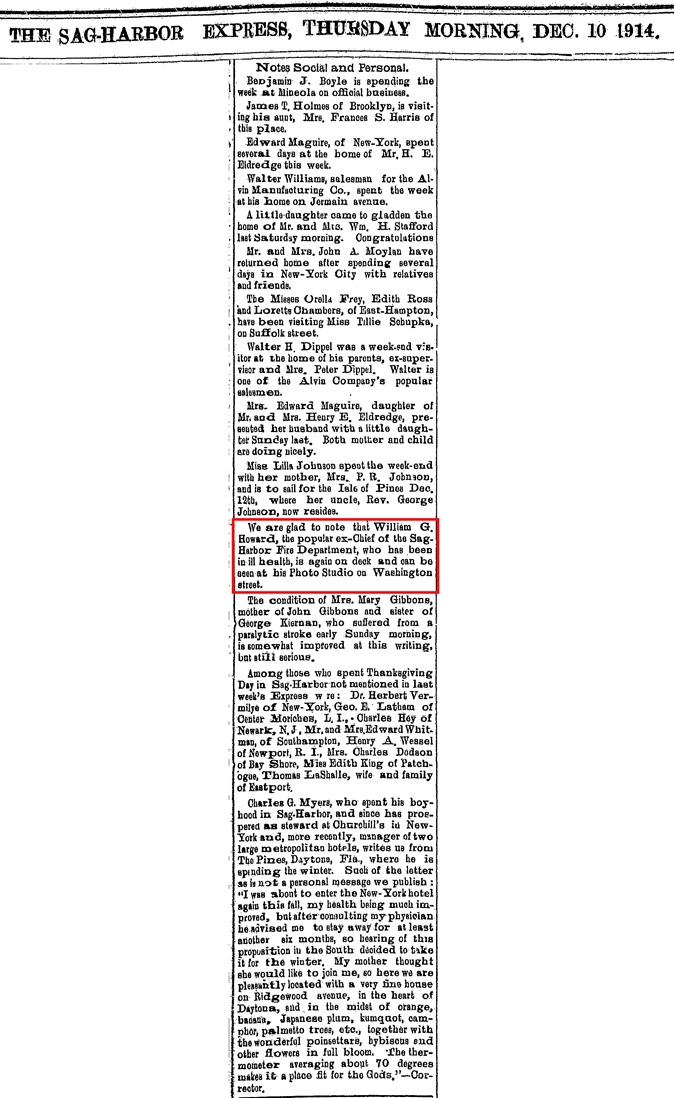
Image 22: 1914, William Howard got sick but is feeling better announcement
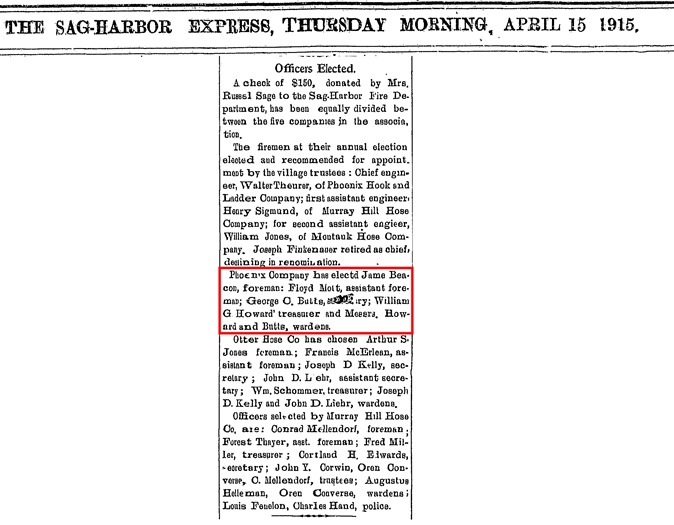
Image 23: 1914, William Howard elected as the Sag Harbor fire department treasurer

Image 24: 1915, William Howard’s death notice
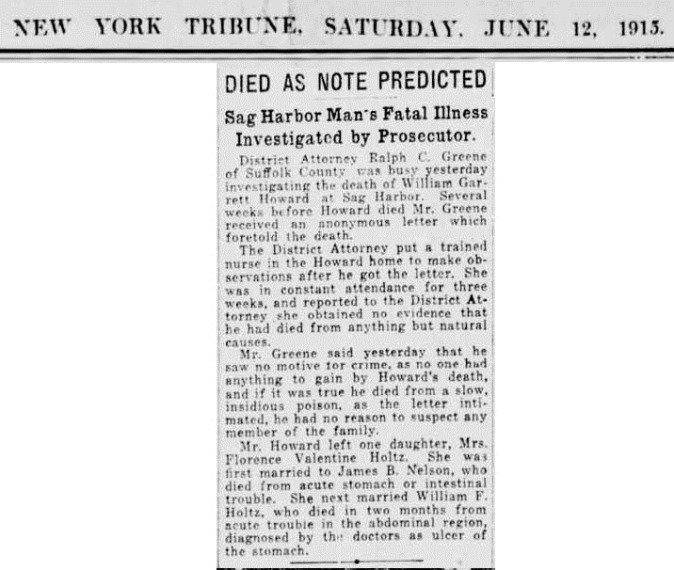
Image 25: 1915, William Howard’s fatal illness being investigated by DA Greene

Image 26: 1915, DA Greene is seeking mystery letter writer – Source 1

Image 27: 1915, DA Greene is seeking mystery letter writer – Source 2
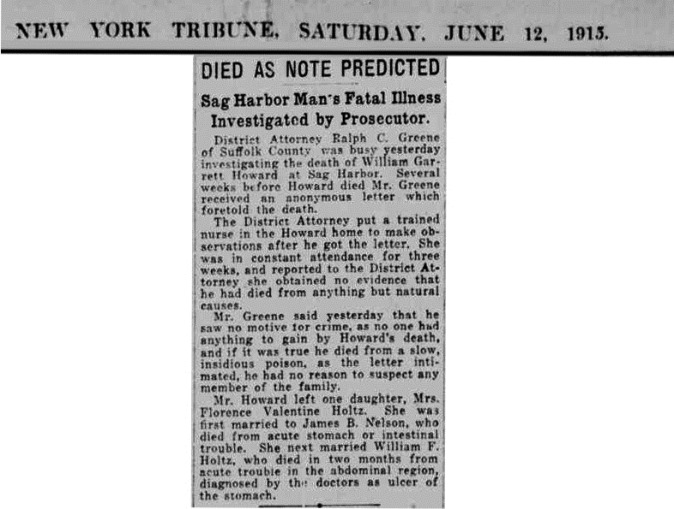
Image 28: 1915, William Howard dies as predicted

Image 29: 1915, DA Greene looking for the female informant

Image 30: 1915, Nasty letters sent to Florence Holtz

Image 31: 1915, Did William Howard die from a heart problem or from poison?

Image 32: 1915, The vindicated Mrs. Holtz

Image 33: 1915, William Howard reported as having died from natural causes

Image 34: 1920 Isabella Quackenbush and Florence Holtz at a social event in Brooklyn, NY

Image 35: 1923, Florence Holtz and W.B. Quackenbush with friends
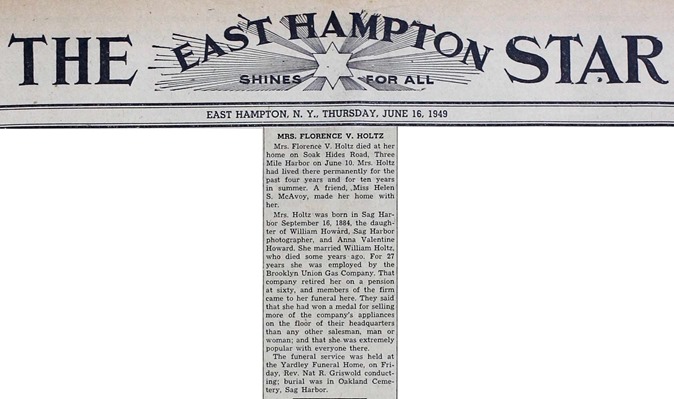
Image 36: 1949, Florence Holtz’ death notice
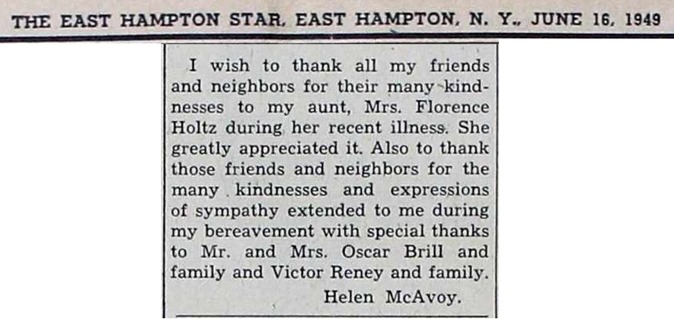
Image 37: 1949, Helen McAvoy’s notice regarding the passing of her aunt
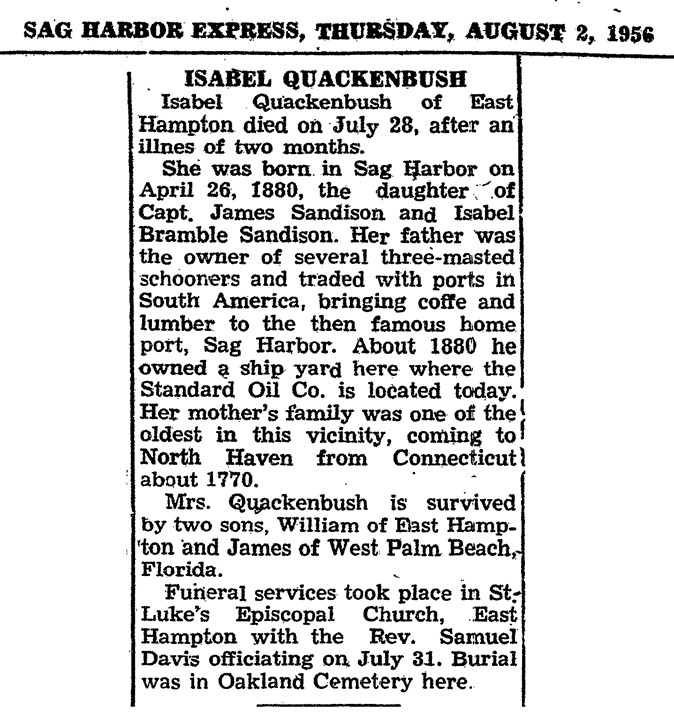
Image 38: 1956, Isabel Quackenbush’s death notice
References and Sourcing
XRVision Sentinel AI Platform – Face recognition, image reconstruction, and object classification
Biographical
Florence Valentine Howard
AKA: Florence Valentine Howard, Florence Valentine Howard, Florence Valentine Nelson, and Florence Valentine Holtz
Born: 9/16/1884
Died: 6/10/1949 (65)
Mother: Anna
Father: William Garret Howard
Florence Family Events
1895 – Death of a sibling
1/3/1904 – Florence (20) to be married to Henry Bescher – event canceled and called a hoax
5/22/1907 – Florence (24) marries James Nelson (24) he dies 3/1/1908 COD – Cholecystitis
12/23/1910 – Florence (27) marries William Holtz (36) dies 2/27/1911 COD – Bleeding ulcers
12/23/19150 – William Howard (55) dies COD – dropsy heart failure
Isabella Bramble Sandison
AKA: Isabella Bramble Sandison, Isabel Quackenbush, Isabel Nischwihup
Born: 4/26/1880 Scotland
Died: 7/28/1956 (76)
Mother: Isabella Gertrude Bramble
Father: James A. Sandison
Isabella Family Events
Married William H. Quackenbush (Rhode Hall N.J) 7-25-1898
1920-1930 Remarries to Mr. Nischwihup
1930 Widow of Mr. Nischwihup
Vocations
1915 Census
Howard Anna 52 – House Wife
Holtz Florence 31 – House Work
Isabel Quackenbush 35 – Dress Maker
William Quackenbush 10 – School
James Quackenbush 14 – School
1920 Census
Holtz Florence 35 (should be 36) – Clerk
Isabel Quackenbush 38 (should be 40) – Clerk
Son 1: James Quackenbush 19 – USN
Son 2: William Quackenbush 15 – Clerk office
Helen S. McAvoy
Florence’s niece Helen S. McAvoy (born circa 1912) and brother? Louis McAvoy
Related to Everett Osborne
Also niece of Nathan Collum
Long Island Surnames – The Family of William H Quackenbush and Isabella Bramble Sandison
Copyright 2020 Yaacov Apelbaum, All Rights Reserved.

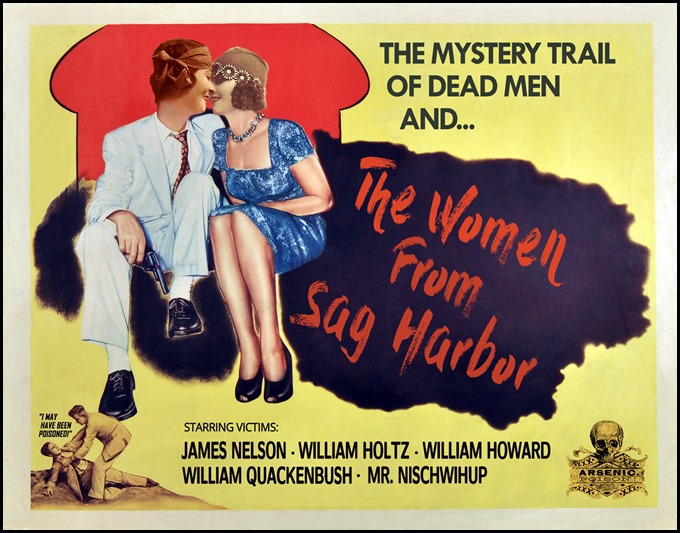
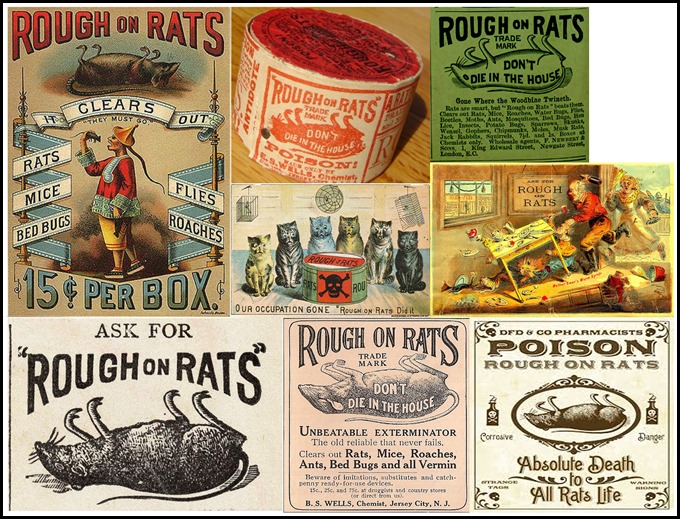
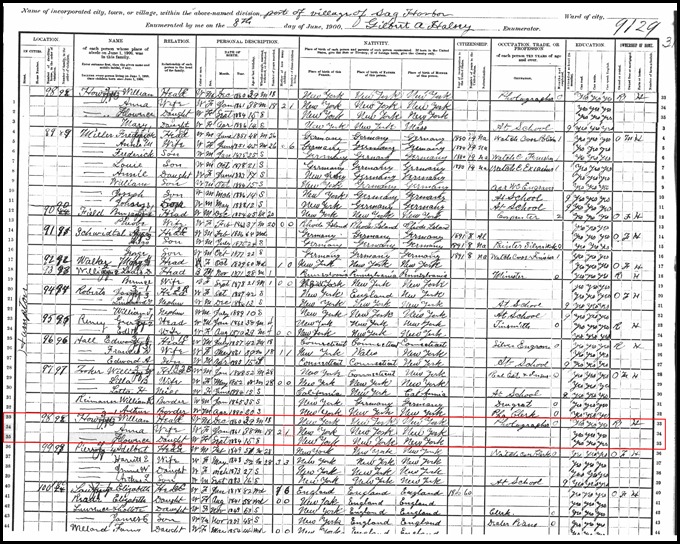

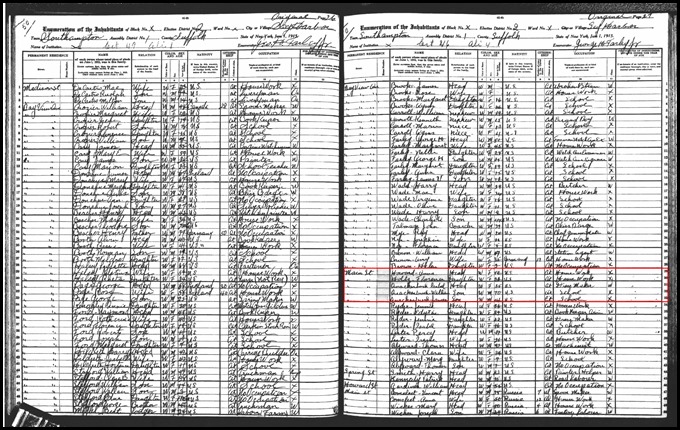

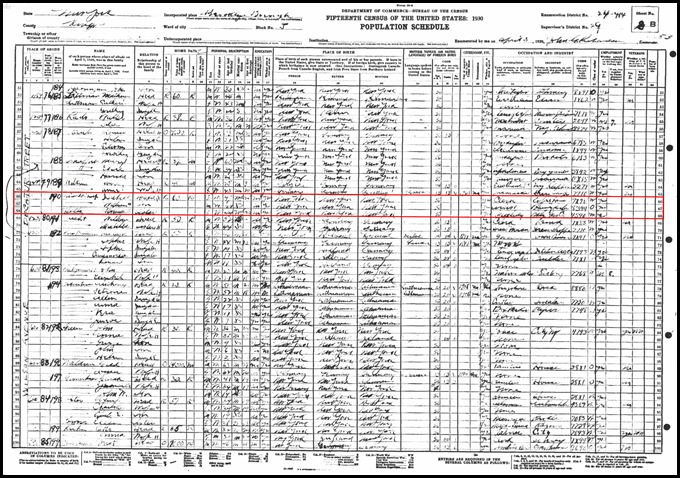
The June 12, 1915 Brooklyn Daily Eagle article states that two people noticed William Howard’s face turned green, especially under his eyes and around his jaw, during his illness. This seems an odd symptom and not one I was able find results for with a Google search.
Perhaps a clue to the cause of illness or type of poison used that someone with a medical background can shed light on?
Fascinating story, thanks for investigating and sharing.
Thank you for your comment Brian. I agree, this could have been poisoning with a substance that was just undetectable in 1915. The relationship between Florence and Isabel is interesting because both engaged in evasive maneuvers such as changing their ages and names. They also lied about the nature of their relationship of being “sisters”.
What I read into the relationship is that is was more than platonic in a time where that was not accepted.
Florence’s “hate of men” seems another clue that she preferred women.
Not an uncommon practice at the time are area:
https://apelbaum.files.wordpress.com/2020/11/widow-of-women-weds-again.jpg
What a mystery. Looks like you found a cold blooded man killer.
I had two gays in my extended family who were born in the late 1920’s, One female, one male. So, it was fairly common even back then.
It seems that in that age and earlier, it was very easy to poison someone and get away with it. The home was full of all kinds of potential poisons from arsenic, radioactive radium, to wood alcohol.
PBS produced a documentary called “The Poisoner’s handbook”. https://www.pbs.org/wgbh/americanexperience/films/poisoners/
You could be right. It looks like poison was the preferred method and people got a way with it. Interestingly, Agatha Christie’s preferred murder weapon was chemical. She once supposedly said “Give me a decent bottle of poison and I’ll construct the perfect crime.”